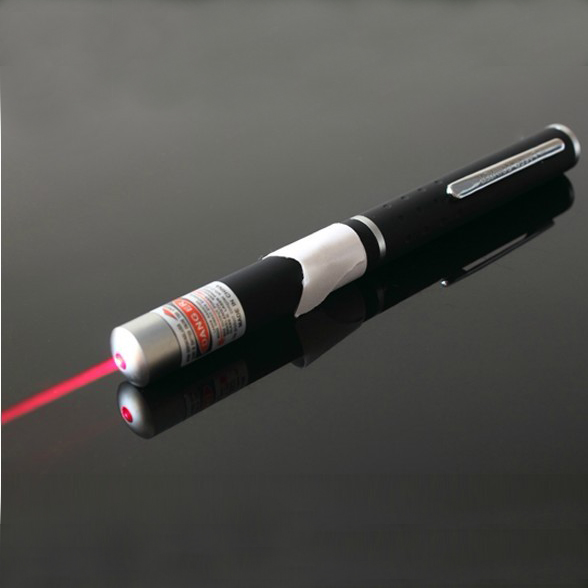Mid-infrared pulsed all-fiber lasers based on saturable absorbers have many applications. For example, water has a strong absorption peak at 2.94 μm, so this band laser pointer is very suitable for laser surgery and material processing; at the same time, this type of laser can also be used for remote sensing, because the emitted spectrum can excite many atmospheric pollutants (E.g. methane) fundamental rotational vibration resonance.
However, most of the existing ultrafast fiber lasers near 3μm are not all-fiber structures. The laser beam is injected from the free space propagation part into the fiber and the reflection will cause the laser to be unstable; in addition, the free space optical path may need to be re-collimated frequently; And for conventional saturable absorbers (such as 2D materials, semiconductor saturable absorbers and other heterogeneous materials), due to their very low damage threshold, they are more susceptible to thermal and optical damage. All fiber lasers can solve the above problems.
In most high-power fiber lasers, the main material of the gain fiber is composed of silicate glass. However, the realization of lasers exceeding 2.2μm means the use of other materials of glass. Among the mid-infrared glasses that can be drawn into optical fibers, fluoride glasses show excellent performance in rare earth doping. Among them, holmium-doped (Ho3+) and erbium-doped (Er3+) fluoride fibers can achieve laser emission with a wavelength of 2.7 to 3.1μm, and the energy available for erbium-doped fluoride fibers is higher than that of holmium-doped fibers. .
In 2014, a linear mode-locked fiber laser based on Er3+ fluoride glass fiber was proposed [1]. As shown in Figure 1, the green laser pointer is based on a linear cavity structure, including a semiconductor saturable absorption mirror (SESAM) and a fiber Bragg grating (FBG). This result is the first to achieve stable mode locking in a 3μm erbium-doped fluoride glass fiber linear cavity laser. The repetition frequency of the pulse sequence is 51.75 MHz, the pulse width is about 60 ps, and the average power is 440 mW. The mode locking can be started automatically. And it can be maintained for several hours, but the pulse width and emission spectrum are both limited by the narrow bandwidth FBG.
This year the research group introduced a mode-locked erbium-doped fluoride fiber laser based on FBG and SESAM at the ASSL conference this year. , The gain medium is a 2 m long erbium-doped fluoride fiber. FBG uses femtosecond pulses to write directly through the protective coating of the fiber. The gain fiber is reverse pumped by a 976 nm pump diode to simplify intracavity alignment and Achieve higher output power than forward pumping.
The maximum reflectance of the FBG at 2790. 9 nm is 65%, and the FWHM is 3.2 nm, which is an increase from the bandwidth of the FBG in the 2014 device. The focal length of the aspherical ZnSe lens at the output end is 25 mm, and the focal length in the cavity is 12.5 mm, and each lens transmits about 95% of the signal at a wavelength of 2.8 μm. The fiber tip is obliquely cut by 8° to eliminate the back light, thereby achieving stable mode locking; the dichroic mirror (DM) is used to remove the residual pump power to avoid damage to the SESAM.
Experimental results show that the mode-locked laser can generate 15 ps pulses, and the pulse width is close to the Fourier transform limit. If the alignment of the components in the cavity is optimal, the mode-locked state can be started automatically, and there is no Q-switching at a lower pump power, the mode-locked state is stable, and the average output power is 87.5 mW and 157.5 mW between. In addition, the emission spectrum is concentrated on the minimum transmittance (ie maximum reflectance) of the FBG, which shows that if the negative dispersion in the cavity is low enough, the pulse duration and spectrum can be controlled by the characteristics of the FBG.
